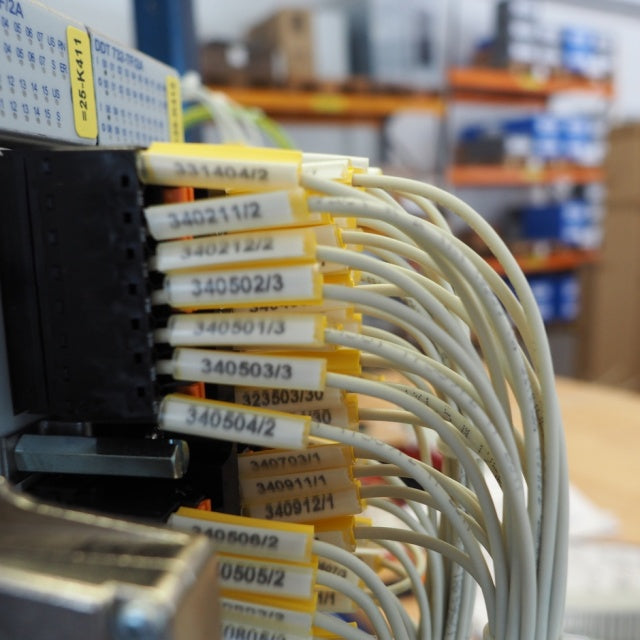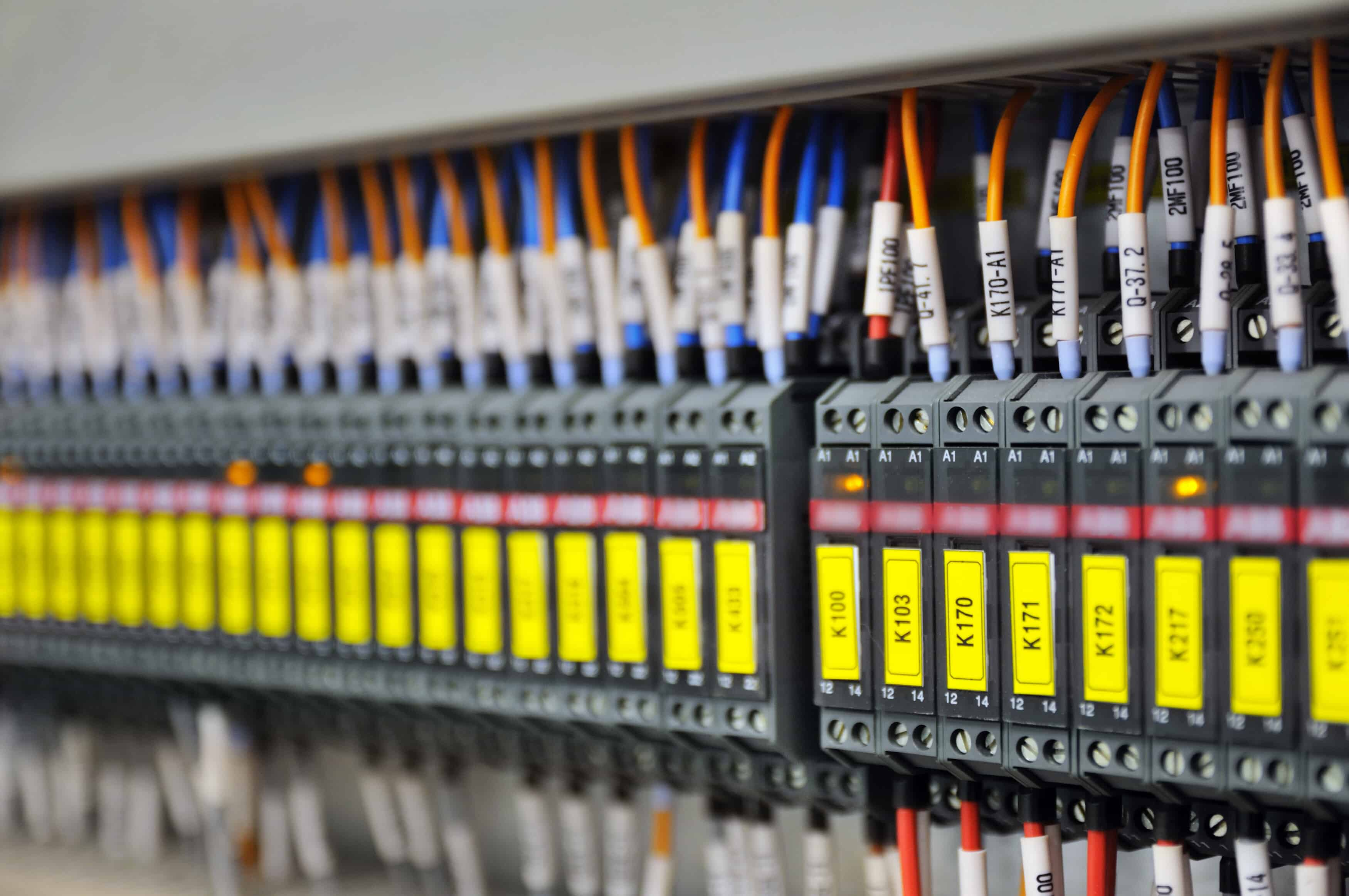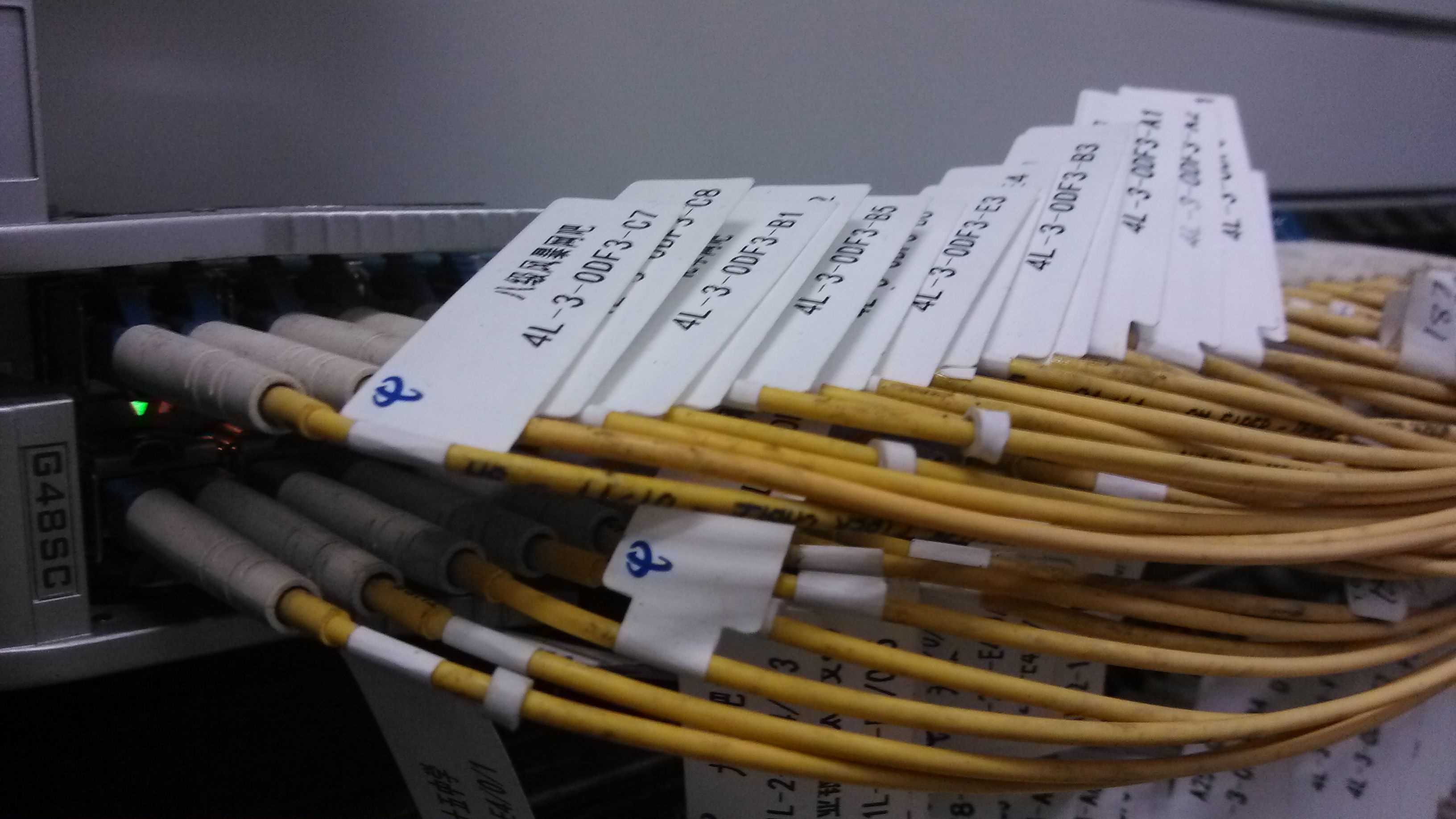Understanding Numbering Systems for Coil Packing Line Projects: A Practical Guide

Implementing a new coil packing line involves managing numerous components, systems, and processes. A well-defined numbering system is crucial for clarity, efficiency, and traceability throughout the project lifecycle. This guide outlines the principles and practices for establishing an effective numbering system, ensuring clear identification through drawings and nameplates.
A logical numbering scheme, established early (typically within 30 days of project initiation), allows all stakeholders—engineers, manufacturers, maintenance crews—to communicate effectively and reference specific equipment parts accurately. This minimizes confusion, reduces errors, and streamlines design, manufacturing, installation, and ongoing maintenance.
Core Principles of an Effective Numbering System
A robust numbering system for industrial equipment like a coil packing line is built on several key principles:
1. Standardization
- Uniform Format: Employ a consistent format (e.g., combining letters, numbers, hyphens) across all components, documents, and systems. This predictability is key.
- Industry Alignment: Whenever possible, align with recognized industry standards or relevant trade organizations) to ensure interoperability and understanding, especially with international partners.
2. Clarity and Simplicity
- Intuitive Logic: The system should be logical and easy to understand. Personnel familiar with the operation should be able to quickly decode identifiers. For example, structuring numbers to reflect the equipment hierarchy (System > Sub-system > Component).
- Avoid Complexity: While comprehensive, the system shouldn't be overly complex. Strive for a balance that provides necessary detail without causing confusion or increasing the chance of errors.
3. Uniqueness and Specificity
- Distinct Identification: Every single component, assembly, and subsystem must have a unique identifier. There should be no ambiguity.
- Granular Detail: The system should allow for differentiation based on project phase, equipment type, location, or other relevant criteria, enabling precise identification.
4. Scalability and Flexibility
- Adaptability: Design the system to accommodate future changes, upgrades, or additions to the coil packing line without needing a complete overhaul.
- Future-Proofing: Consider potential expansions or modifications. The numbering scheme should seamlessly integrate new components or configurations.
5. Traceability
- Lifecycle Tracking: The unique number assigned to a component should allow it to be tracked from procurement and installation through its entire operational life, including maintenance and eventual replacement.
- Easy Referencing: Facilitates quick look-up in technical manuals, maintenance logs, spare parts databases, and software systems (e.g., CMMS).
6. Integration with Information Systems
- System Compatibility: Ensure the numbering format is compatible with digital management systems like Enterprise Resource Planning (ERP), Product Data Management (PDM), or Computerized Maintenance Management Systems (CMMS). This allows for seamless data association and retrieval.
- Automation-Ready: Consider compatibility with automated identification technologies like barcodes or RFID tags for efficient inventory management, operational tracking, and maintenance logging.

Example Numbering Structure for a Coil Packing Line
A practical numbering system helps track each coil through production and packaging, minimizes errors, enhances workflow management, and supports inventory control and quality assurance. Here’s a breakdown of a typical structure:
Component 1: Prefix (Item Type)
Indicates the general category of the item. This aids immediate recognition and sorting.
- MC: Mechanical Component (e.g., roller, gearbox)
- EL: Electrical Component (e.g., sensor, motor controller)
- SA: Sub-Assembly (e.g., conveyor section, wrapping unit)
- PN: Pneumatic Component (e.g., valve, cylinder)
- HY: Hydraulic Component (e.g., pump, actuator)
Component 2: Machine Code / Area
Identifies the specific machine, station, or area within the packing line where the component belongs. This code is often unique to the machine/project and displayed on its nameplate.
- CPL01: Coil Packing Line 01
- WRPU: Wrapping Unit
- CONV03: Conveyor Section 03
- CTRLPNL: Main Control Panel
Component 3: Sequential Number
A unique number assigned sequentially within its category and machine/area. This ensures every item is distinct.
- 001, 002, 003... up to the required number of digits (e.g., 999).
Component 4: Suffix (Optional)
Provides additional information, such as revision status, material type, or specific variant.
- -A, -B, -C: Revision level
- -SS: Stainless Steel material
- -LH: Left-Hand version
Putting it Together - Example:
An electrical sensor located in the third conveyor section of Coil Packing Line 01 might be numbered: EL-CONV03-112
- EL: Electrical Component
- CONV03: Conveyor Section 03
- 112: Unique sequential number for this sensor within that section.
If this was the second revision of the sensor, it might be: EL-CONV03-112-B
This systematic approach, clearly documented and applied consistently on drawings, labels, and digital systems, is fundamental to the successful management and operation of complex machinery like a coil packing line. For further reading on asset identification best practices, resources like Plant Engineering often cover related topics.
